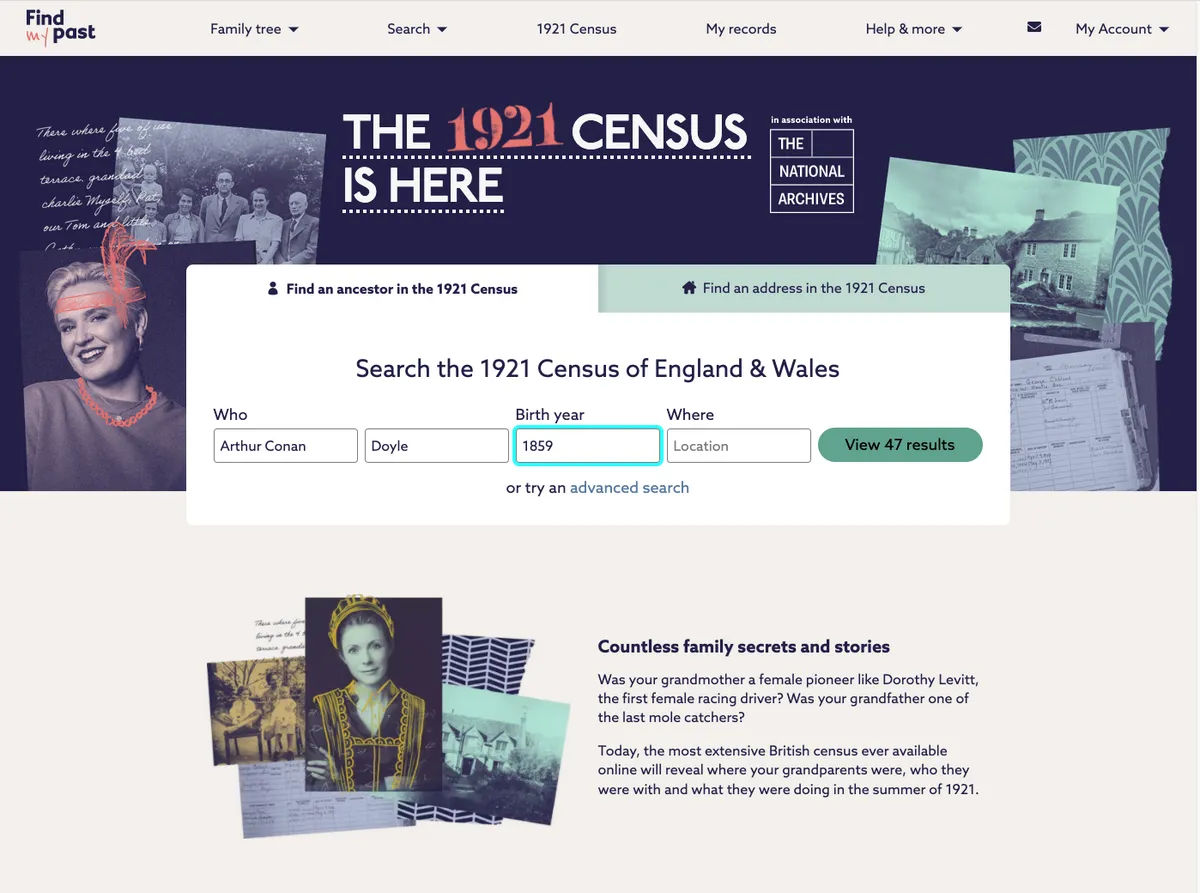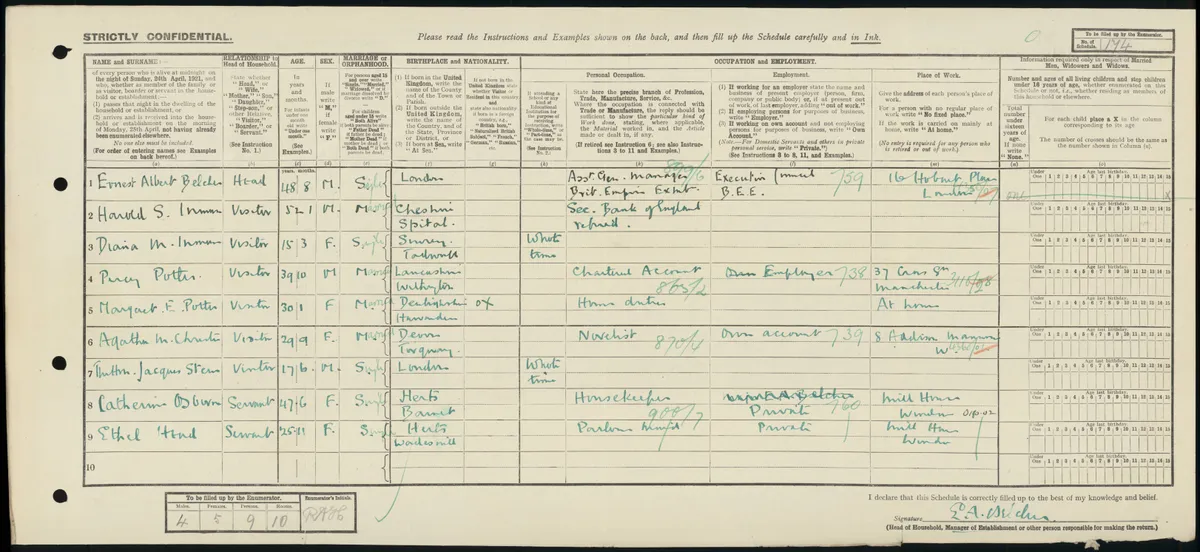Do you have any questions about the release of the 1921 census for England and Wales? We are here to help with our guide to everything you need to know about the 1921 census and how to use it to find your British ancestors.
- How to access the 1921 census
- When will Ancestry get the 1921 census?
- How to access the 1921 census for Scotland
- When was the 1921 census released?
- When was the 1921 census taken?
- How to access the 1921 census for free
- What questions were asked in the 1921 census?
- Why can't I find someone on the 1921 census?
How to access the 1921 census
The 1921 census for England and Wales is now available on family history websites Findmypast and Ancestry.
If you are thinking about taking out a subscription to one of those websites and you aren't sure which one to choose, you can read our guide to choosing a genealogy website.
When will Ancestry get the 1921 census?
The 1921 census for England and Wales was published on Ancestry on 7 January 2025.
How to access the 1921 census for Scotland
The 1921 census for Scotland is available on ScotlandsPeople, the Scottish government records website. As with other records on the website, you can purchase credits to view them, starting at 30 credits for £7.50. Each record costs six credits, worth £1.50, to view.
When was the 1921 census released?
The 1921 census for England and Wales was released on commercial family history website Findmypast on 6 January 2022. It couldn't be released sooner because under privacy laws, census records cannot be opened to the public until 100 years have passed. The 1921 census is particularly important because the 1931 census records for England and Wales were destroyed in the Blitz (the 1931 census for Scotland survives and will be published in 2031) and no census was taken in 1941 because of the Second World War, so it is the last UK-wide census release until the release of the 1951 census, which is due in 2052.
When was the 1921 census taken?
The 1921 census was taken on 19 June 1921. It was originally due to be taken on 24 April, but industrial upheaval intervened. In the event, there was no general strike, but by then the date of the census had been moved. You can read more about the historical background to the 1921 census here.

How to access the 1921 census for free
You can view 1921 census records for free at access hubs at The National Archives in London, the National Library of Wales in Aberystwyth and Manchester Central Library. The census is also available on Findmypast Library Edition and Ancestry Library Edition at public libraries.
What questions were asked in the 1921 census?

The 1921 census did not ask radically different questions to previous censuses. Details such as name, age, marital status, relationship to the head of the household, address and occupation were still required, but there were some new additions and important changes, including the removal of disability questions.

Ages were now required in years and months and ‘D’ for divorce was added as an option for marital status for the first time. Concern about the number of children who may have lost a father during the First World War, meant that a question was added for all children under 15, asking if both parents were alive or if they had lost one, or both.

Respondents were asked to name their employer as well as their occupation, opening up the possibility of finding employment records in archives.
Married men, widowers and widows were also asked to state how many living children under 15 they had, regardless of whether they were residing in the household on the night of the census.
Why can't I find someone on the 1921 census?
There have been complaints about the quality of Findmypast's transcription of the census, making it difficult for many people to find their family, although Findmypast promised to fix the problems. Ancestry purchased Findmypast's transcriptions to accompany its release of the images, so any remaining transcription problems will also occur there.
A number of schedules suffered water damage in the 1930s, although only 0.35 per cent of the collection was damaged so badly that it cannot be read. Apart from that, the collection is remarkably complete so if you cannot find an ancestor, it is worth considering mistranscription first. Other options may be that your ancestor was abroad at the time or gave false information. Military personnel, including RAF staff, based in overseas stations were included.
We have also put together a guide to using the census, including tips on how to flush out elusive ancestors.
